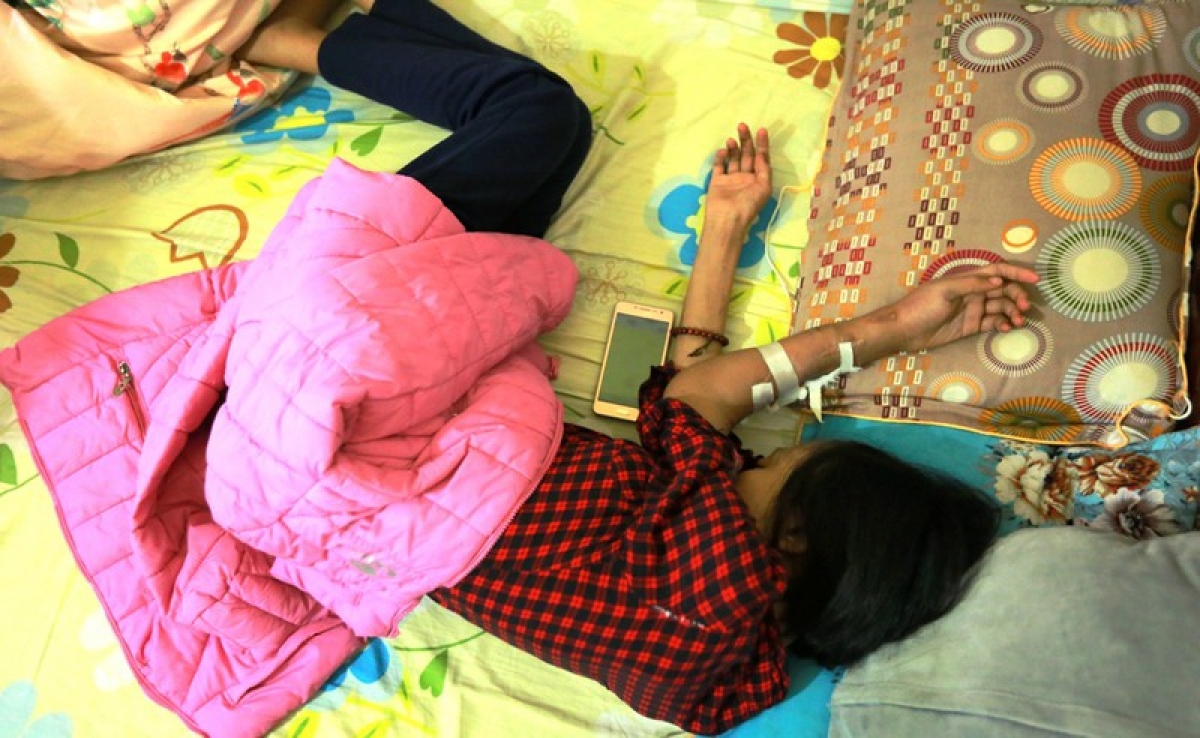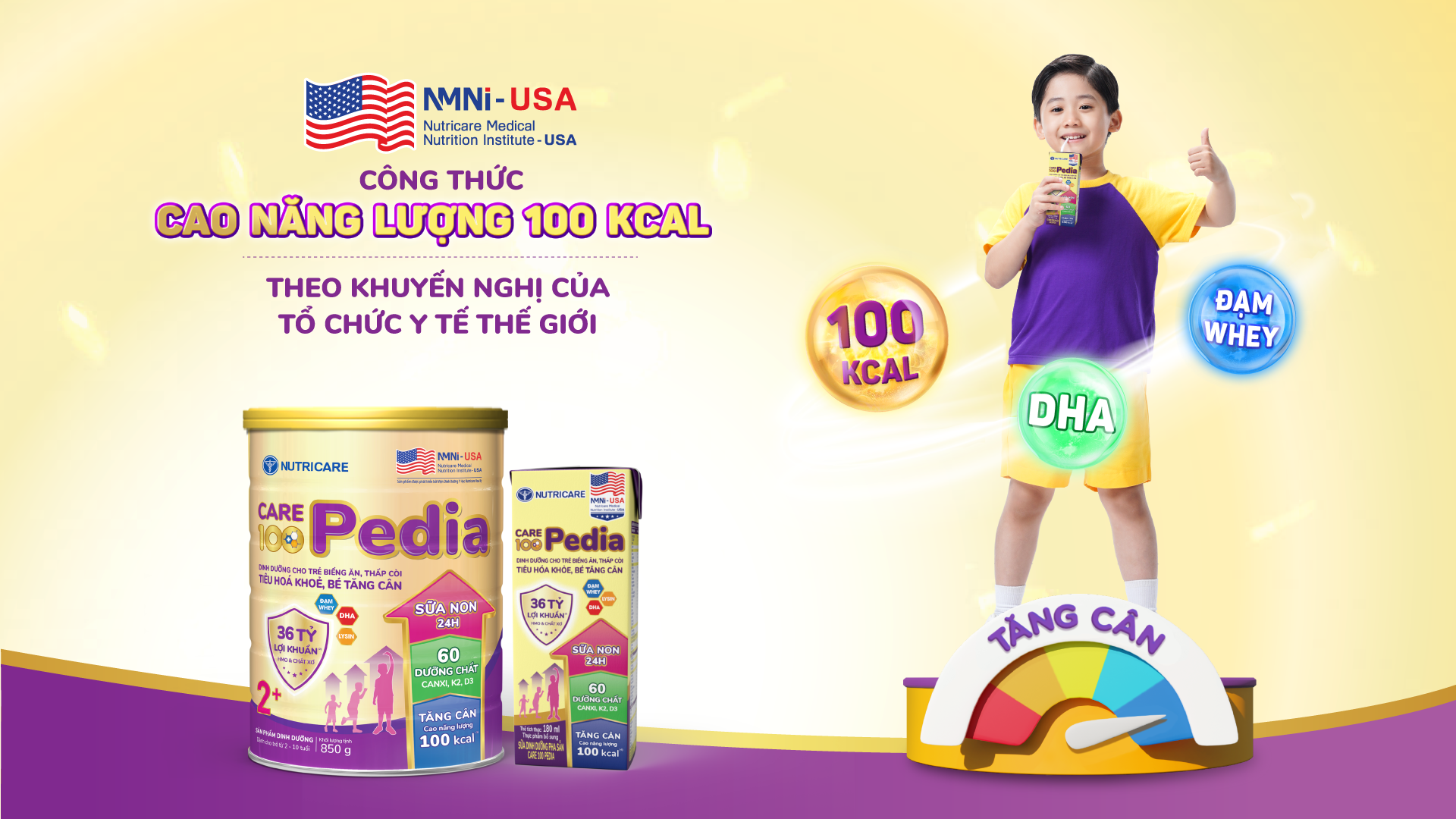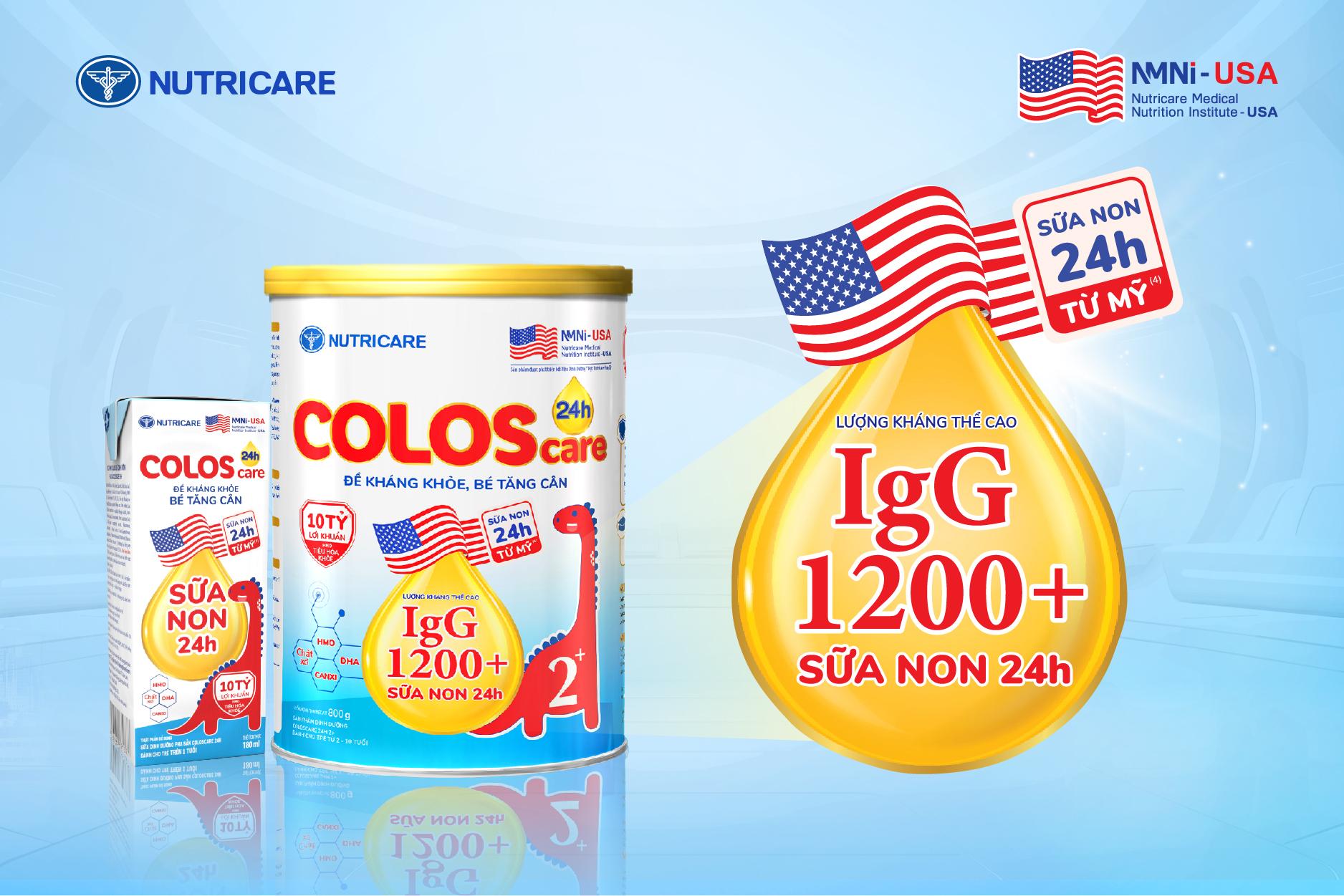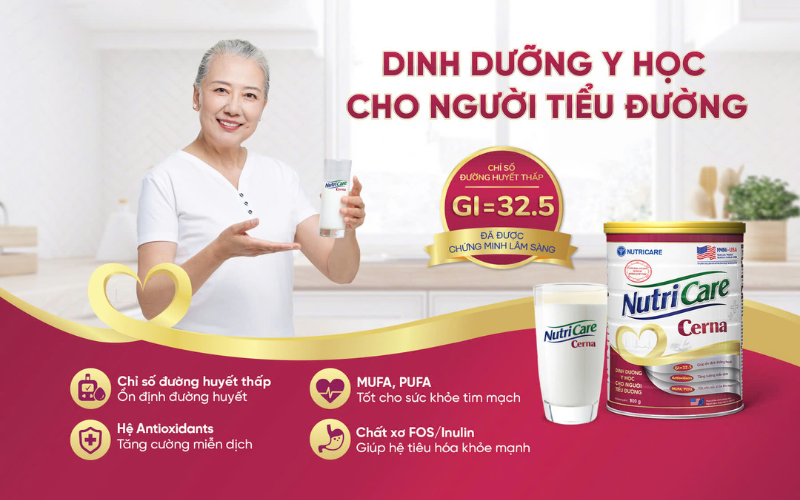VOV – The “tragedies on the dining table” in the life of people on dialysis
VOV.VN – Thanh Hien put down his chopsticks for lunch and ate watermelon for dessert. 20 minutes later, the 24-year-old girl was lying motionless in the emergency department of Bach Mai hospital.
“I thought I was dead that day”, Hien told about the “harsh” time at the beginning of 2018, recalling the feeling of sweating on her head, neck and back amid the February cold. Her lips, arms and legs were numb, and it felt like crawling ants and burning fire all over the body. The girl could not breath, hugged her chest, curled up right on the restaurant chair, and before fainting, she could only hear her mother crying “Please save my daughter”.
In every 100 grams of watermelon, there are 187 mg of potassium, equivalent to 5% of the required amount for Vietnamese adults, according to the recommendation of the National Institute of Nutrition. Potassium is mainly excreted by the kidneys. When kidney function is impaired, potassium in the blood increases, causing heart rhythm disturbances, without prompt treatment, it could lead to death threats. Hyperkalemia can lead to heart failure in heart-kidney syndrome, ADHERE research data shows that more than 60% of heart failure patients have kidney disease.

Being malnourished but consuming fortified food can also become “toxic” for patients with kidney failure.
Photo by Do Manh Cuong
Normal people can eat up to 3kg of watermelon a day. But Hien, stage 4 chronic kidney failure, is 1 in 5 million Vietnamese exceptions.
This “exception” is extremely common. Kidney Disease: Improving Global Outcomes (KDIGO) estimates that by the end of 2019, about 500 million people will have chronic kidney disease (CKD). In 2017, more than 1.2 million people died of CKD, making this disease the 12th highest cause of death in the global population.
At the end of 2016, Hien was still a 22-year-old sewing worker in an industrial park in Bac Giang, pregnant with her first son. “At that time, I felt scared of flesh”, Hien made a shivering movement, frowning. Sudden dizziness, numbness of limbs, Hien thought only about the consequences of working overtime.
In the second month of pregnancy, Hien was diagnosed with 3B chronic kidney failure. Standing between the choice of life and a child, Hien followed the path of a mother, but unfortunately the child was never born. The marriage ended. For four years in Le Thanh Nghi dialysis village (Hanoi), her life depended on her mother, needles, filters and “lots of medicine”.
In the 4th stage of chronic kidney failure, Hien is now suffering 3 dialysis per week. Four hours of enduring two large needles like a pen stabbed into her hand, is also 4 hours she felt the most relieved, had the most appetite and took advantage of eating whatever she liked. But just on the second meal, the fear of food comes back. “I used to fast many times a week”.
Hien said the last time she ate a delicious meal was about 4 years ago. Since the onset of illness, she always feels like “having toxic in the mouth”, looking at food makes her nausea and bitter. Seeing healthy people eat what they like, Hien pity herself and cries out in frustration.
120 patients in this neighborhood, among many common points, everyone has a few boxes of “lowering potassium” of 20,000 VND / pack, keeping on the bedside, to prevent “death shortages” due to eating food on the list of abstinence: bananas, oranges, dark green vegetables, seafood, high-protein meat, salt …
“Each person has a few “forbidden” things. I just know that I am restricted to coconut water, sapodilla. When I feel numbness in my lips and difficulty in breathing, I will have to drink a packet.
Four years, losing 14 kg, Hien, 26 years old, weighs 32kg and officially considers eating and drinking as a torture. The feeling of always “having toxic in the mouth” is a thing, but the most frightening thing is, despite being hungry, she does not know whether what she puts into her mouth is food or “poison”.
The tragedy of nutritional deficiency does not only happen to patients with living standards below 30,000 VND / day like Hien and her mother.
Ms. Tran Tuyet Nhung, 48 years old, from Nam Dinh, discovered 3B chronic kidney failure in December 2018 with the same symptoms of headache, fear of meat, and high blood pressure. After more than 20 years standing on the podium, for the first time, teacher Nhung bursted into tears during teaching hours because “I never thought I had this disease”.
Since Ms. Nhung was sick, Mr. Duc shifted his job to the administrative department to take care of his wife. Every month, he took her to Hanoi for examination and medicine, 4 times a day, he took her to the school for teaching and did housework. He read books, tried to memorize nutritional recommendations for people with chronic kidney failure, cooked two separate menus for each meal, one for his wife, one for him and his daughter.
At first, without being used to it, he messed everything up. The soup was dry, the meat was burnt, the dish was too salty… and sometimes he cooked the wrong thing, and he had to do it all over again. Later, afraid that his wife would feel sorry for herself, the whole family volunteered to eat the same menu with the sick mother, with a bowl of fish sauce to overcome the tastelessness. Time having meals once was a very happy moment now turned into pressure. All the family member has to “try to eat”
“Sometimes it’s overwhelming, but I still have to endure, because of my wife,” Mr. Duc said, rubbing the arm covered with the surgery scars and dialysis of Ms. Nhung.Contrary to Hien, Ms. Nhung admitted that she was too scared, so she followed the thought “the stricter the abstinence, the faster the healing”. After almost 2 years of illness, her 3 meals revolved around cabbage, boiled white cauliflower, boiled pork and absolute salt cut.
In the first three months of the diet, Ms. Nhung lost 7 kg, her nails were scratched and her hair was constantly lost, her limbs were always trembling, her skin was wrinkled. “I was like a 70-year-old woman, and I felt looking in the mirror was as scary as sitting at the dining table.” Ms. Nhung shook her head.
Since the time of dialysis, Ms. Nhung takes 6 more “kidney protein” tablets a day, which provide essential nutrients for patients who almost lose the ability to eat. Ms. Nhung took more medicine than eating, saying she was about to forget the taste of familiar dishes.
“When I feel pessimistic, when I see other people eat well, I hate them very much”. Food cravings, these two years, with teacher Nhung, have become a luxury feeling.
Two tragedies, one is hunger for food but scared of a deadly reaction of the body, like Hien, and the other lost the taste, due to abstinence and an absolute bland diet, causing depression like Mrs. Nhung, represent two typical problems of patients with chronic kidney failure. In this “battle”, Hien’s weapons, the 5g Kalimate packs, are only temporary solutions.
The lack of nutrients and the problem when kidneys couldn’t filter the blood, making the organs unable to function properly. The consequences are not only seen in weight. The debilitating body caused the vessels on Hien’s arms to barely beat. The doctor had to operate the bridge in the neck, proceed to put in the artificial circuit.
For Ms. Nhung’s family, after many efforts to change the menu that does not bring the taste to his wife, Mr. Duc turned to a specialized medical nutritious milk, as a source of compensation. Ms. Nhung is fortunate to have no digestive problems with milk and related products, but that is before she gets sick when she maintains a drink every night to ease sleep.
Currently, every day, Ms. Nhung drinks 4 cups of milk for people with chronic kidney failure, instead of eating rice. “At first, it was tasty and delicious, then I started to feel a bit greasy and bored”, but Ms. Nhung will still try to drink, because now, it is the only “way out” left.According to Ms. Hoang Ngoc Lan, Master of Public Health at University of South Carolina, USA; Bachelor of Nutrition & Dietetics at Flinders University, Australia – Expert of Nutricare, National Brand of Medical Nutrition, with a specialist product line for patients, in addition to balanced nutritional ingredients, need to have a good taste and do not cause boredom with long-term use. If the taste criteria is not met, drinking milk for the patient will be the same pressure as taking medicine.
As with Nutricare’s Leanmax Rena Gold product line for patients with kidney failure, the nutritional system is always designed to balance the needs as well as the physical characteristics of the Vietnamese. The product provides adequate and balanced essential components of a supplementary diet such as energy, protein, vitamins and minerals to help the patient to ensure nutritional needs, and improve health condition. Content of sodium, potassium, and phosphorus is also kept low, which aids in electrolyte control. The ratio and quality of protein components in products are considered appropriately for each disease stage.
Nutricare’s Advisory Council, consisting of associate professors and PhDs specializing in nutritional science at international universities and the National Institute of Nutrition, researches two product lines specifically for patients with renal impairments: Leanmax Rena Gold 1 and Leanmax Rena Gold 2 are intended for pre- and hemodialysis patients. In each product, each of the smallest ingredients are calculated, especially the balance of potassium and phosphorus, two substances that are difficult to eliminate when the kidney function is impaired.
As Leanmax Rena Gold 1 product has low protein, low sodium, potassium, phosphorus to help balance electrolytes, blood pressure, avoid salt stagnation causing edema, increase glomerular pressure and minimize the associated complications, suitable for patients with stage 3, 4 kidney failure, not on dialysis or blood filter.
Meanwhile, Leanmax Rena Gold 2 product combines the use of hydrolyzed whey protein and soy protein to help easily absorb, maintain and improve muscle mass, enhance health, and are suitable for patients with stage 5, who must be on dialysis or blood filter. Therefore, this product helps to ensure the 4 nutritional principles for the above-mentioned patients: maintaining good nutritional status; preventing and suppressing bone dystrophy; control edema and electrolyte imbalance. The patient still ensures a delicious, attractive diet.
The product was developed on the basis of Nutricare’s viewpoint to solve two problems at the same time including nutrition and taste. With the Leanmax Rena Gold product, the process of compensating for nutritional gaps of patients with kidney failure is no longer a fight. Every meal with them and their families, therefore, will no longer be “tortures”.
Cre: https://vov.vn/suc-khoe/nhung-bi-kich-tren-ban-an-trong-doi-nguoi-chay-than-1088354.vov
Thank you for leaving a review











Trả lời
Email của bạn sẽ không được hiển thị công khai, các trường bắt buộc nhập được đánh *